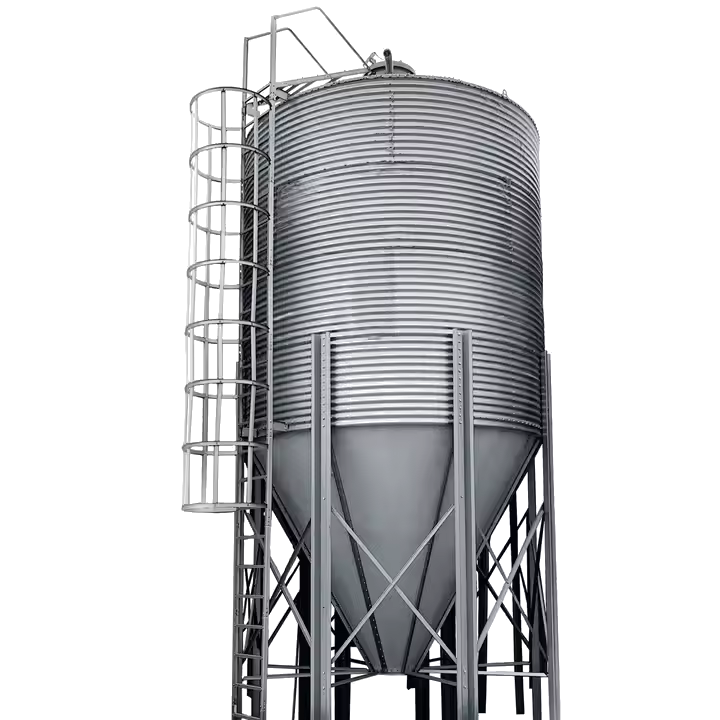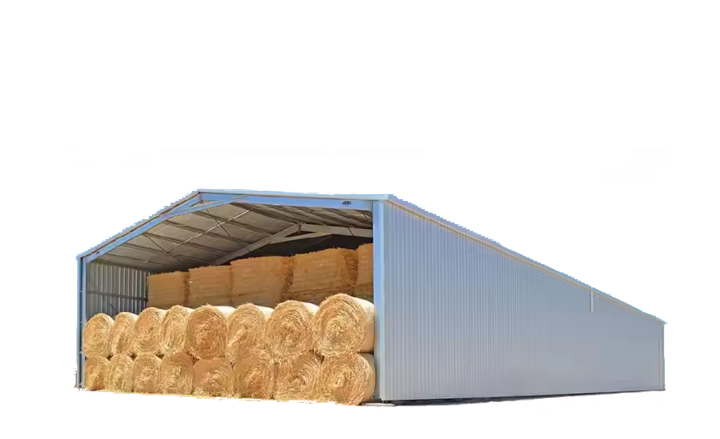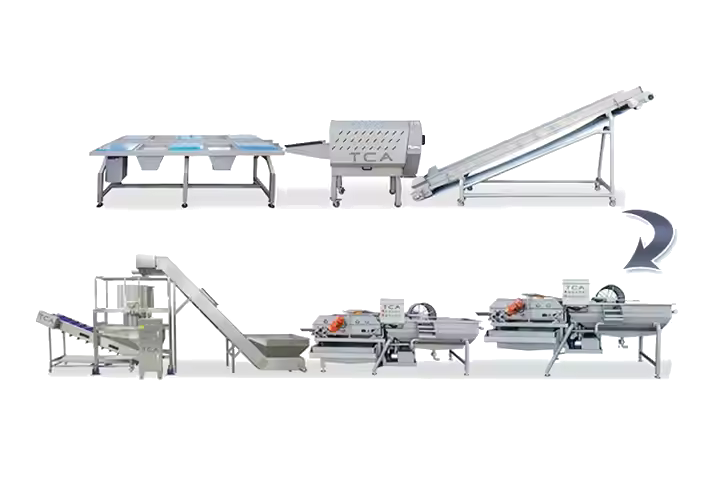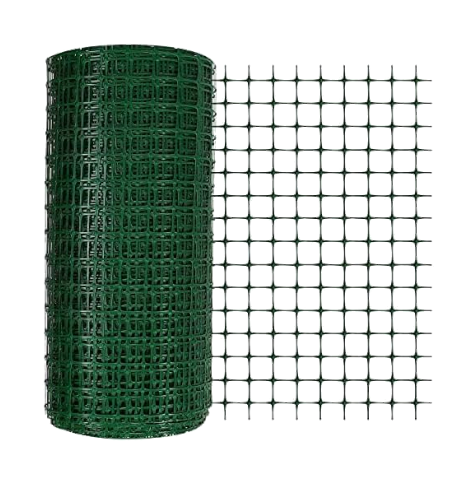Buildings for Crop farm
For a crop farm, here are the essential buildings and structures that a farmer might need:
Essential Buildings

Silos
These towering structures are crucial for storing large quantities of grains like corn, wheat, or soybeans after harvest. They often have ventilation systems to maintain grain quality and prevent spoilage.

Hay Sheds
These buildings store hay bales used as animal feed or for mulching crops. Choose a well-ventilated design to prevent mold growth.

Storage for Machinery and Equipment
A designated space to store tractors, harvesters, planters, and other farm equipment protects them from harsh weather conditions, extending their lifespan and ensuring they are readily available during planting and harvesting seasons.

Greenhouse or High Tunnel
*Greenhouses, these enclosed structures with controlled environments are ideal for: Starting Seedlings, Year-Round Cultivation and Delicate or Out-of-Season Crops. *High tunnels are simpler structures that offer some climate control and can extend the growing season.

Processing Facilities
On-site processing can add value to crops and potentially increase profit margins. Here are some examples: *Packing Houses: These facilities provide dedicated spaces for sorting, grading, packaging, and storing fruits and vegetables before they reach the market. *Drying Facilities: Drying crops like corn, herbs, or fruits allows for long-term storage and extends their shelf life. This can be particularly useful for preserving seasonal produce.

Worker Housing or Facilities
If there are hired workers on the farm, housing or facilities for them may be necessary.

Perimeter Fencing and Security Structures
These are important to protect crops from wildlife and unauthorized access.
Office Space
Even a small dedicated space can significantly improve farm management. It allows for: *Record Keeping: Maintaining accurate records of crop yields, expenses, and other essential data. *Planning Crop Rotations: Planning the sequence of crops planted in a particular field over time to optimize soil health and prevent pest and disease problems. *Financial Management: Tracking income and expenses, managing farm finances effectively. *Running the Farm Business: Coordinating overall farm operations, scheduling tasks, and making strategic decisions.
Additional Considerations

Size and Scale
The size and complexity of these buildings will vary greatly depending on the farm's operation size. A small family farm might have a single multipurpose storage building, while a large commercial farm may have separate, specialized structures for each function.

Climate Control
Greenhouses and some processing facilities may require climate control systems like ventilation, heating, or cooling to maintain optimal conditions for crops or processing activities.

Security
Farms may need secure storage areas for equipment and valuable products to prevent theft or vandalism.
These buildings and structures are tailored to support the planting, growing, harvesting, and processing stages of crop farming. The specific needs will vary based on factors such as the type of crops grown, climate, scale of operations, and local regulations.
